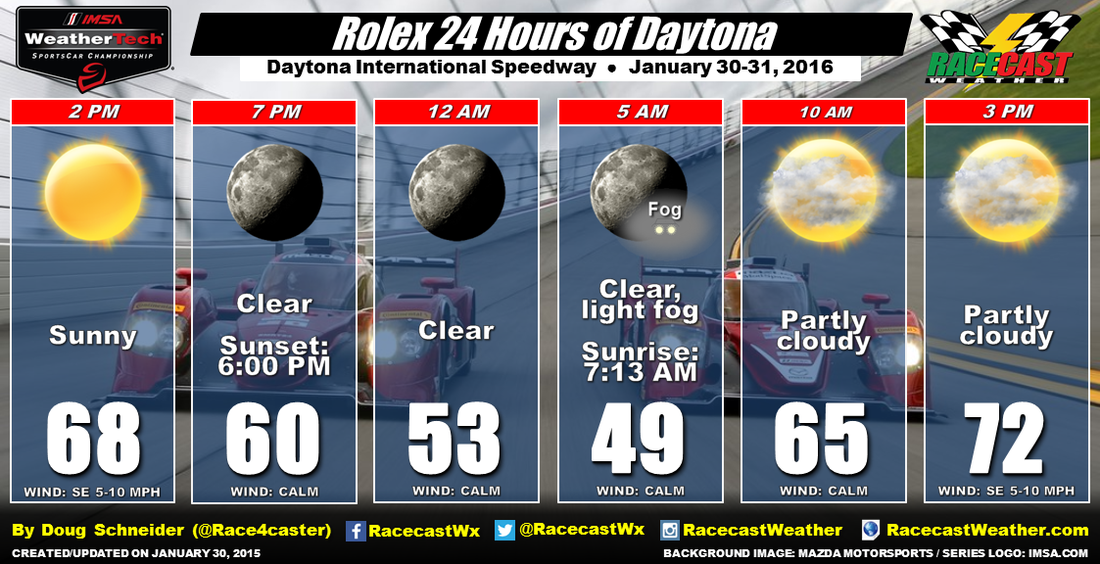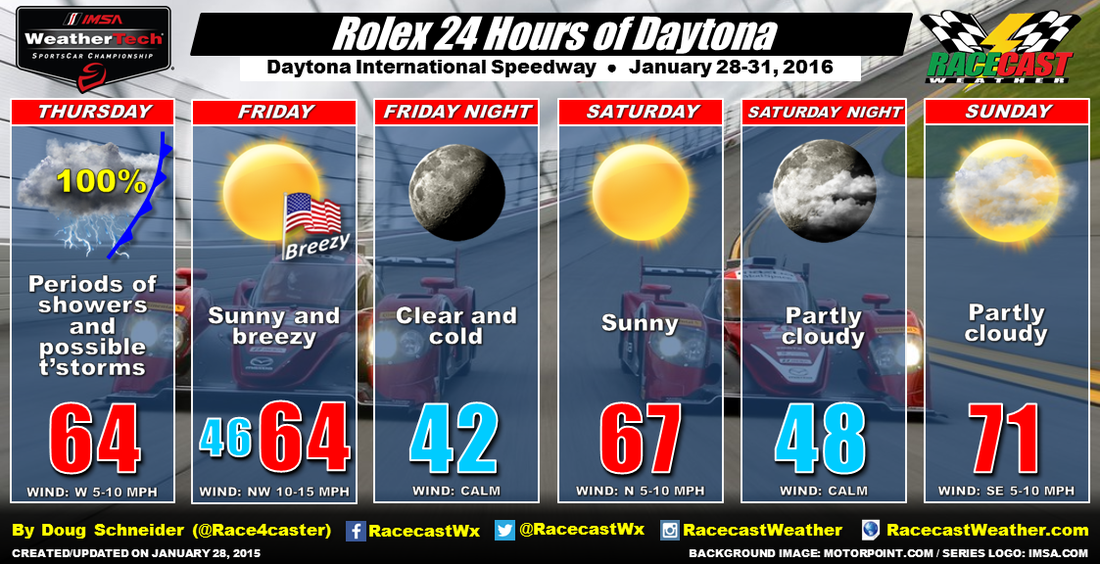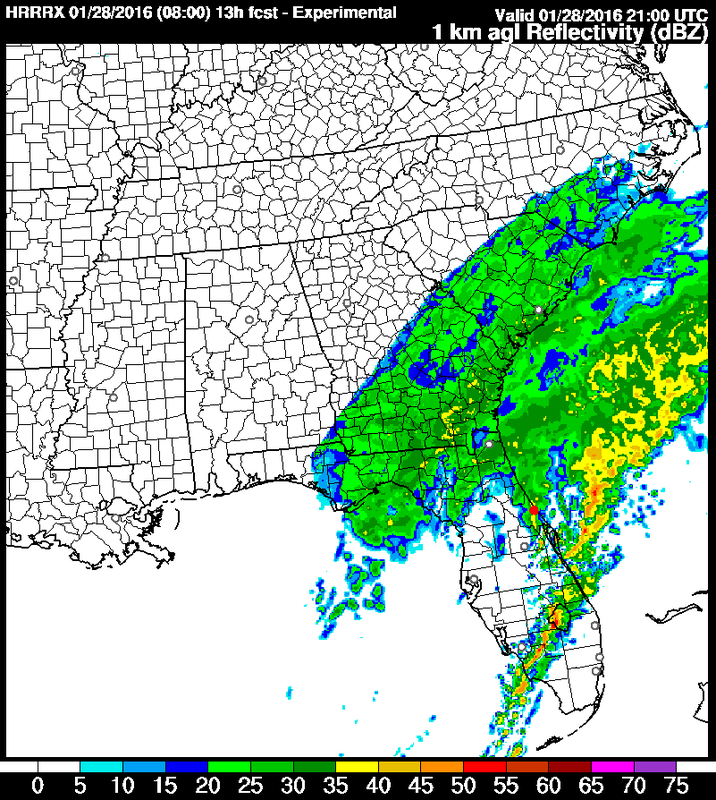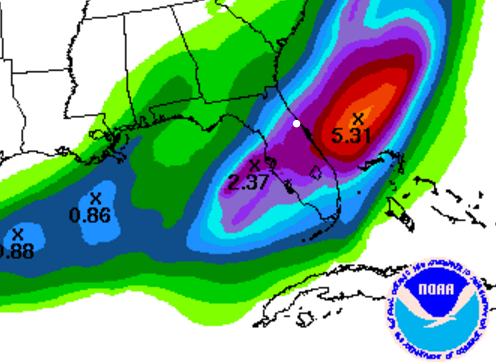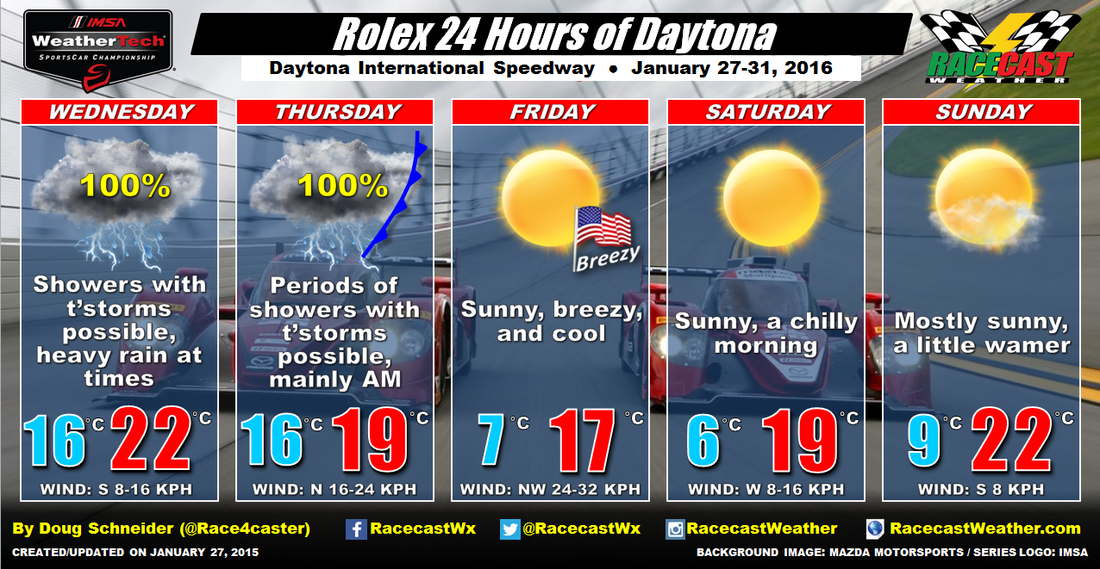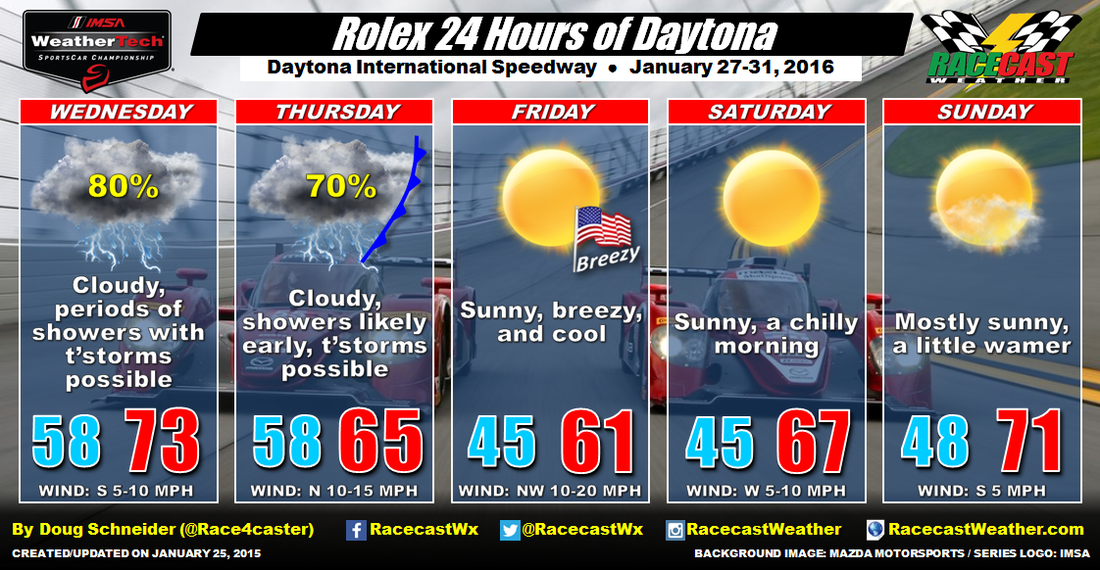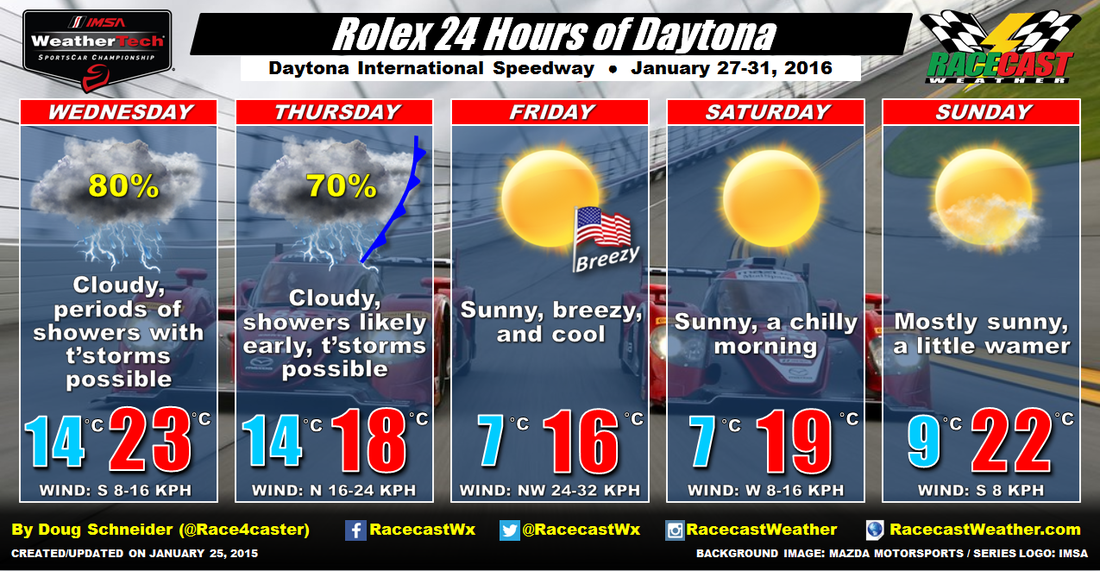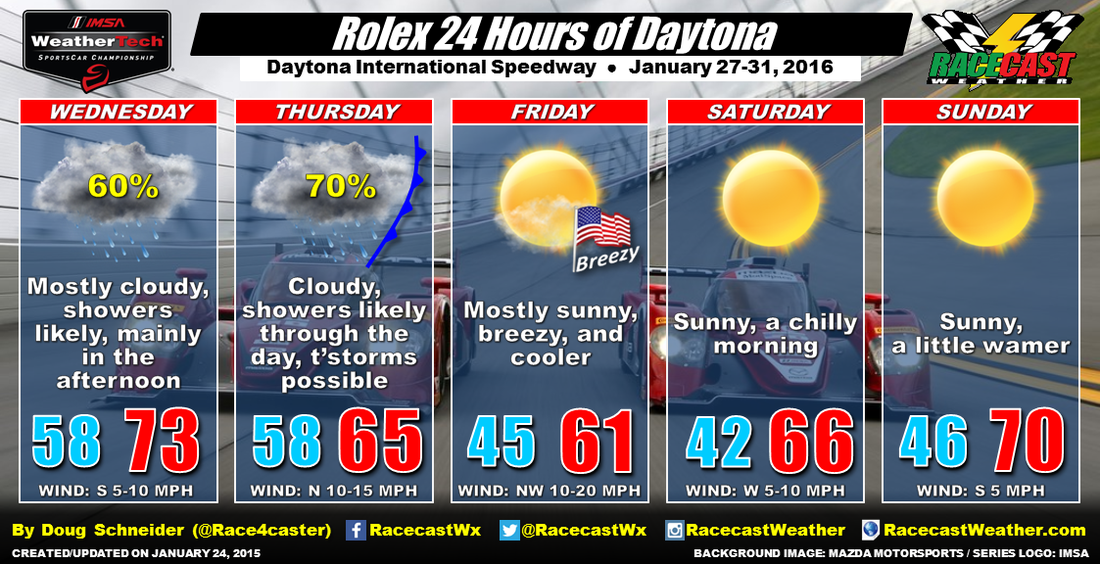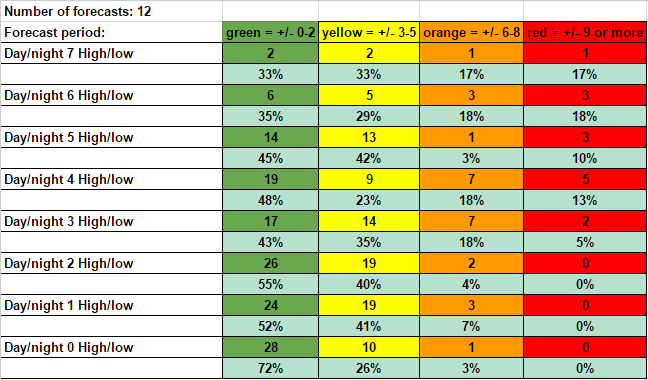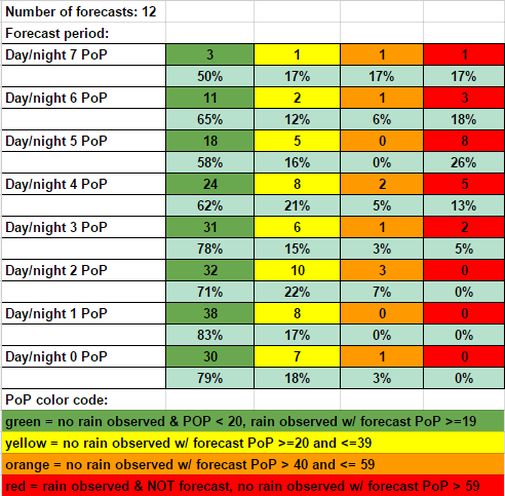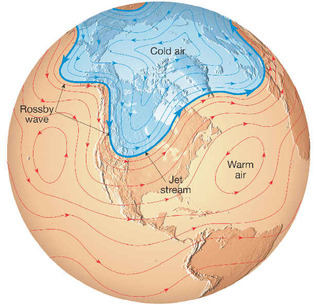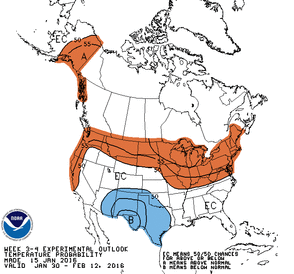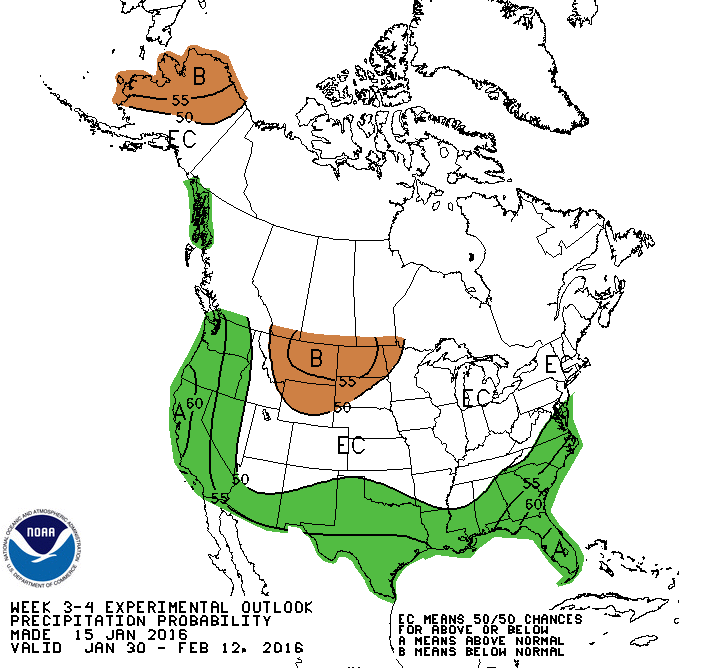The general weather pattern for next weekend will be a large high pressure area off the southern coast of Australia, slowly drifting east. This is going to keep the weather dry for the Bathurst 12 Hour. There will be a fairly strong low pressure system off the east coast on Friday, and as high pressure builds in from the west, the pressure difference between these systems will bring breezy conditions on Friday, with a southeasterly wind bringing relatively cool temperatures in the mid 70s (mid 20s Celsius). Warmer temperatures closer to normal can be expected Saturday, with highs in the lower 80s (upper 20s Celsius). Normal high temperatures for Bathurst in February are in the lower 80s. The warming trend will continue into Sunday, with highs in the mid 80s. There may be a few more clouds around on Sunday, but no rain is expected.
Bathurst is 16 hours ahead of Eastern Standard Time (and 11 hours ahead of GMT in London). So for those of us in EST, the race starts at 1:45 pm Saturday, and ends at 1:45 am Sunday.

